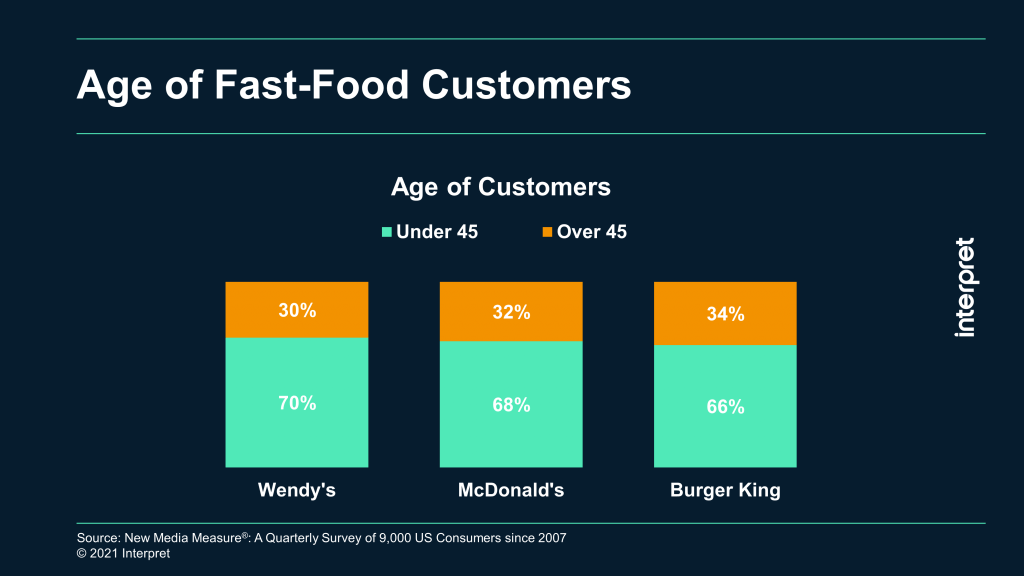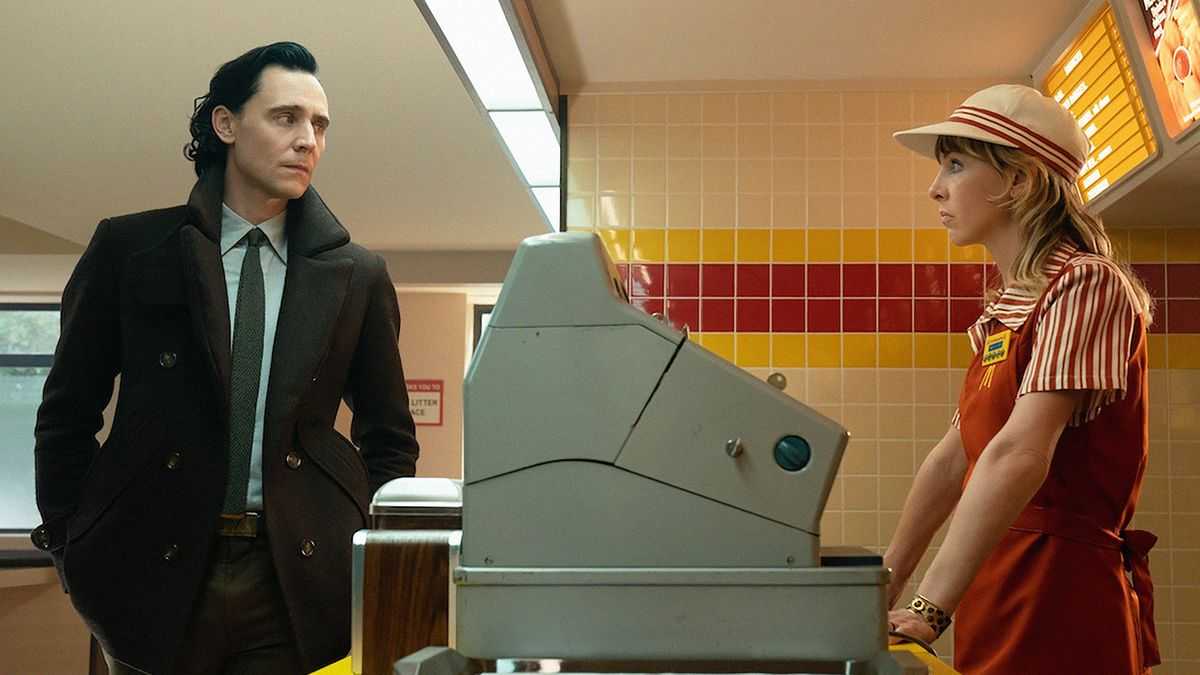Meet the new boss – same as the old boss. For 2021, Burger King has rolled out a new brand identity, which should be quite familiar for the fast-food chain’s patrons of a certain age. According to Adweek, the new logo (the first refresh for the brand in 20 years) pays homage to the Burger King logo utilized from 1969-1999. It will be rolled out across packaging, merchandise, employee uniforms, and physical restaurant locations during the first quarter of 2021.
Fernando Machado, who led Burger King marketing for six years before taking the role of CMO at Restaurant Brands International, lamented that the recent logo “didn’t age well” and that hamburger “buns don’t shine.” The refreshed logo, by contrast, is designed to look more like real food in terms of color and proportion/shape. From a marketing viewpoint, this marks a continuation of Burger King’s desire to stress real ingredients in its food – a campaign that the chain kicked off in the beginning of 2020.
Along with the new brand identity, Burger King is seeking to improve its customer experience, offering digital menu boards (with predictive selling capabilities), and in some locations double or even triple the number of drive-thrus – a smart move given behavioral shifts during the pandemic.
Burger King has an advantage over the competition when it comes to serving older demographics, according to Interpret’s New Media Measure®. 34% of Burger King’s customers are over age 45, compared to 30% for Wendy’s and 32% for McDonald’s. Wendy’s, on the other hand, appears to be playing to a younger audience with its marketing and usage of social media.
“The latest branding initiative from Burger King is likely to do well with customers in their 40s or 50s who are nostalgic about their teenage years and hanging out with friends at the fast-food establishment. Nostalgia can be a powerful marketing tool if it’s used wisely and isn’t pushed too overtly,” explained Janine Cannella, VP of Marketing at Interpret.






